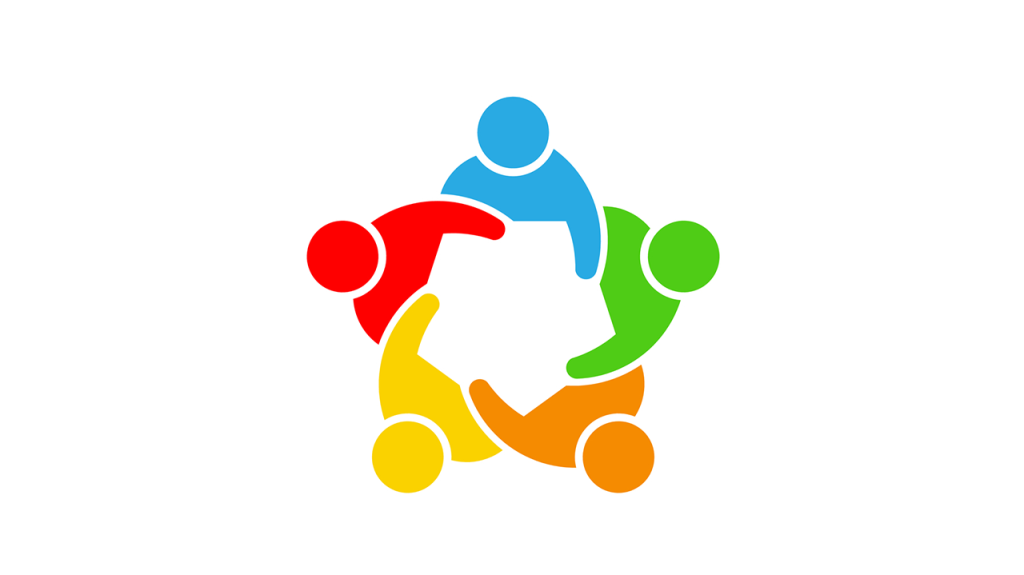
We all have biases, whether we are aware of them or not. These biases can often lead to discriminatory behavior in the workplace. As a leader, it is important to be aware of these biases and take steps to eliminate them from your team.
We know that leadership is a complex and nuanced topic. It’s not always easy to be an effective leader, and it’s even harder to be an inclusive and inspiring one. In order to lead effectively, we must first understand the concept of bias and how it affects our judgement and decision-making. In this blog post, we will explore the different types of biases that we encounter in the workplace, and discuss ways that good leaders can eliminate them.
In the end, we’ll also share a few golden tips for leaders who want to work on their subconscious biases. But if you want to listen to a detailed conversation about this topic then tune into the latest episode of the B2B POD. Here we discuss all the intricacies of conscious and subconscious biases with Mustafa Ali, a sales leader and a leadership coach.
What is conscious and subconscious bias?
Bias is an inclination or prejudice for or against something. It can be conscious, meaning that we are aware of our biases and deliberately choose to act on them. However, many times bias is subconscious, which means that we may not even realise we have them and they are influencing our decision-making.
To give you an example of conscious bias, let’s say that you have a preference for hiring people from your alma mater. You may not even realise why, but the decision is made in favour of your own bias.
Subconscious bias operates in much the same way, except it is often more difficult to identify and eliminate. It can be based on anything from gender, race, ethnicity, religion and more.
Here’s how Mustafa Ali explained subconscious bias with a small example:
“Unconscious biases are learned through experience. Consider a child watching a cartoon as a child. During those episodes, ugly or evil characters are generally portrayed with darker skin tones.
I remember this experiment that was done; I can’t remember by whom, but a three-year-old girl was given a variety of dolls of different skin tones. And she was asked to pick the most beautiful doll, and she picked up a white doll because, subconsciously, she was somehow conditioned to think that white is beautiful and black is not.”
Five types of biases we encounter at workplaces
Coming to our workplace, there are certain biases that we can identify. Here are five of the common ones:
1. Affinity bias:
This is the tendency to favour people that we feel we have something in common with. This could be anything from similar backgrounds or education to shared experiences. Also known as similarity bias, this condition can be problematic in the workplace as it can lead to exclusion.
It encourages people within certain circles to work together and not include outsiders. This can be especially damaging to organisations with diverse teams, as it hinders their progress towards a more inclusive workplace.
2. Experience bias:
This is the tendency of emphasising a potential employee’s experience over other aspects such as their potential or skill set. It can lead to overlooking qualified applicants simply because they lack experience.
This type of bias is also commonly found in the hiring process, where an ideal candidate for a job may be overlooked simply because he or she doesn’t have the same amount of work experience as other applicants. This can be damaging to organisations that priorities diversity and inclusion.
3. Safety bias:
This is the tendency to prefer people who are similar to us in terms of attitudes, values, and beliefs. While it may sound good, it is still a bias that essentially focuses on how we protect against loss rather than seek to gain.
It can be dangerous in a corporate setting, as it could lead to group think or an environment where dissenting opinions are not valued. It can also lead to conformity in decision-making, rather than creativity and innovation.
4. Distance bias:
This is the tendency to favour people who are closer to us geographically or culturally. It often results in favouritism towards those who are already familiar with the organisation or have connections within it. Consider that colleagues who are closer to your office may be dearer or more important to you than someone who is in a different city.
For example, if an employer only hires people from a certain town, it can be damaging to the organisation in terms of diversity and inclusion.
5. Gender bias:
This is one of the most common forms of workplace bias, where gender is used as the determining factor for hiring or advancement opportunities. It often leads to women being overlooked in favour of men.
Gender bias is often an unconscious act that can be difficult to recognize and eliminate at first. This can be damaging for workplaces, as it could lead to the exclusion of talented individuals from specific roles due to their gender.
This is predominantly seen in the tech industry where the latest data show that women only hold 26.7% of the jobs. Moreover, it is actually going down by 2% year over year.
It’s a serious problem for modern organisations that needs to be addressed immediately. While talking in our latest podcast of the B2B POD, Mustafa Ali shared a way of tackling this issue by saying:
“I think organisations need to start looking at their data. Look at your attrition rates. You know what your attrition rates would be in your organisation if you were to split it by gender.
That is a great indication of how your organisation is being perceived by the different demographics within your workforce.
The second thing is to foster those conversations and have them openly discussed in your organisation. In this way, you’re strongly demonstrating that your organisation truly stands for inclusion.”
How to recognise biases?
It’s easy to overlook our own biases, but there are steps you can take to identify and recognise them.
Firstly, observe yourself when making decisions or having conversations with colleagues at work. If you find yourself gravitating towards or away from certain people or ideas, it could be a sign of bias.
Secondly, monitor the language you use when talking about others. Are you using gender-neutral terms or one-dimensional stereotypes when talking about them?
Finally, ask yourself if the decisions you make are based on talent or prejudice. If it’s the latter, then it’s likely a sign of bias.
Our latest guest on the B2B POD, Mustafa Ali had a different solution for this problem. He said:
“A simple way to address it is by taking a test called Google: the project implicit. Now, this was a program that was developed by a couple of professors, wherein they have about 30 to 40 odd tests for different biases that exist in the workplace.
You could actually go on and take that survey for free. It is absolutely confidential. You don’t have to share the results with anyone. And take that survey, and you will discover a lot about yourself.”
How can good leaders eliminate biases in the workplace?
Good leaders have an important role to play in identifying and eliminating biases in the workplace. Here are some ways good leaders can achieve this:
1. Set clear expectations for all staff when it comes to diversity and inclusion, both through policies and behaviour.
2. Promote a culture of open dialogue where employees feel comfortable speaking up about any biases they have seen or experienced.
3. Take time to review the data in the workplace. Analyse statistics such as gender, ethnicity, age and educational background of employees to identify imbalances that could be due to bias.
4. Ensure hiring decisions are always made on merit and not based on subconscious biases.
While these pointers will help you identify and eliminate bias, it is important to remember that they do not guarantee success. Leaders must always strive to be conscious of their own biases and actively work on being more inclusive in the workplace. Here are some tips you can work on.
A few golden tips for leaders to work on their subconscious biases
1. Invest in a mentor or a coach.
Having a mentor or coach can help leaders identify their own biases and practise more inclusive leadership. An experienced mentor or coach may also be able to provide tips on how to create an environment where everyone feels valued and respected.
2. Focus on adopting language inclusivity
It is important for leaders to use gender-neutral terms and language in the workplace. This will help create an environment that is more inclusive and less easily susceptible to gender, racial or religious biases.
3. Create a safe space
Leaders also need to create a safe space where people can speak up about any issues they are facing due to bias in the workplace. Leaders should be open to having tough conversations and listening to the experiences of their employees. It is important to remember that there is still a stigma associated with talking about bias in the workplace, so creating a safe space could be the first step towards addressing this issue.
Leaders must stay aware of their biases and work to create an inclusive culture which values diversity and inclusion. Here’s a golden tip that Mustafa Ali had to offer:
“My advice is, ‘Always be aware that you are biassed.’ You can be biassed and learn how to deal with them on a daily basis. Finally, once you have gotten to the position where you want to be able to give back to the people what you’ve learned. Give it back to the people who have supported you. Give it back to the community.”
By following these tips, leaders can be sure that they are creating an environment where everyone feels safe and respected. This will help create a strong team of people who all feel appreciated and valued for their unique skills and perspectives.
If you want to learn more about these biases and how they can affect your leadership skills, then don’t forget to tune in to The B2B POD. It’s available on all leading platforms like Spotify, Google podcast, Apple podcast, and Stitcher.

